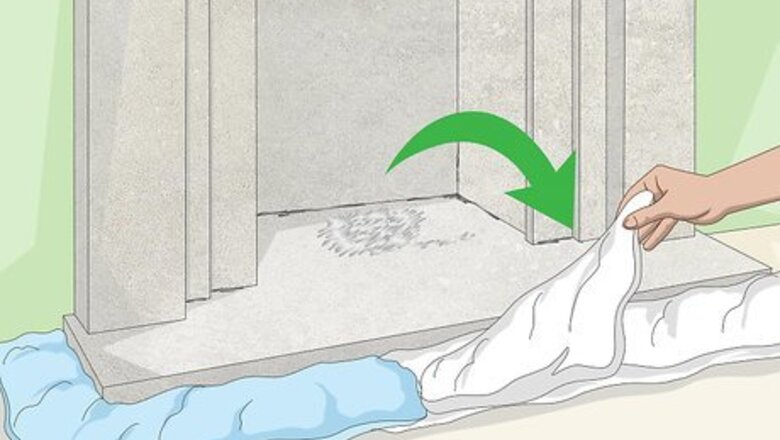
views
Dusting the Fireplace
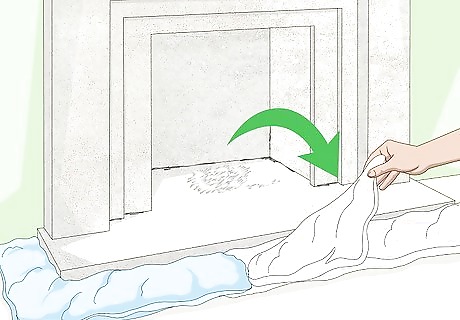
Place towels at the foot of the fireplace. The towels will protect your floors by catching any dirt, dust, soap, and grime during the cleaning process. Additionally, make sure to remove any objects from your fireplace mantle.

Vacuum the fireplace. Use a handheld vacuum or attachment to remove loose dirt and debris from the limestone surrounding your fireplace. Make sure to remove the spinning brush attachment or turn it off to avoid scratching the limestone.

Wipe the fireplace down with dry, microfiber cloth. Do this if you do not have a handheld vacuum, or if the spinning brush cannot be removed from your vacuum. Starting from the top of the fireplace, wipe it down using the microfiber cloth. Wipe your fireplace until all of the loose dirt and debris are removed. Loose dirt and debris can scratch your fireplace if it is not removed prior to the cleaning process.
Washing the Limestone

Fill a bucket with warm water. Mix two to three tablespoons (15 to 45 ml) of a mild soap or detergent into the water. Mix the water and soap together until they are well-combined. Alternatively, you can purchase a specially formulated limestone cleaner from your local hardware store to clean your limestone fireplace. Do not use soap that contains ammonia, vinegar, bleach, acids and other harsh chemicals commonly found in household cleaners to clean your limestone.
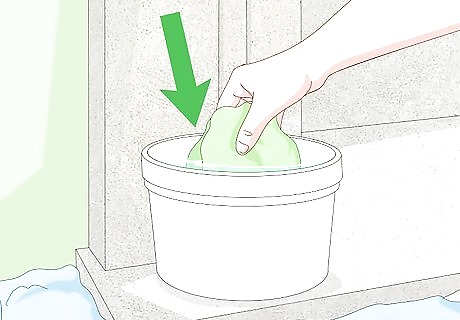
Dip a microfiber cloth into the water. Squeeze out any excess water. Starting from the top, begin to wipe down your fireplace. Cover the whole surface with the solution. Then let the solution set for one to two minutes. Alternatively, you can use a soft sponge, like the sponges used to wash cars, to clean the limestone.
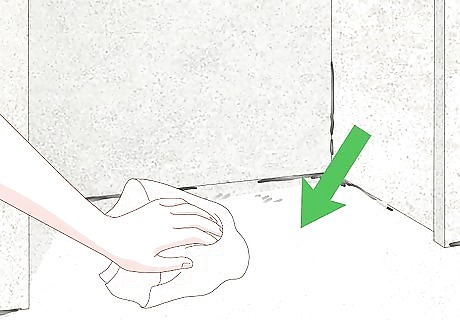
Wipe down your fireplace. After the solution has finished setting, dip your cloth in the solution and wipe down your fireplace again. Use more pressure this time to remove visible dirt and debris. You may use a very soft bristle brush or toothbrush to remove stubborn dirt, as well as dirt from small crevices.
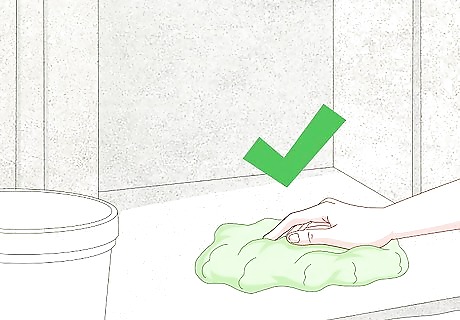
Rinse with water. Pour the soap solution out and refill the bucket with clean water. Dip a clean microfiber cloth into the water, and squeeze out any excess water. Then wipe your fireplace from the top down until all the soap, dirt, and debris are removed. Make sure to rewet your cloth in between wipes for a thorough clean.

Let the limestone air dry. Or use a dry, microfiber cloth to dry your fireplace. Wipe your fireplace down with the clean cloth until it is completely dry.
Using a Poultice to Remove Stains
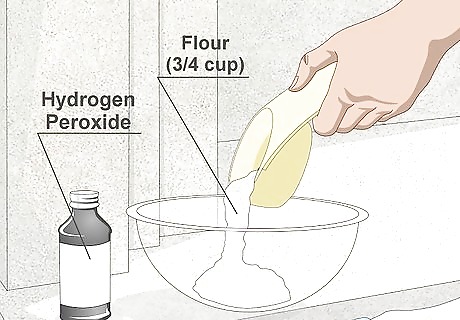
Scoop ¾ cup (180 ml) of flour into a bowl. Mix in small amounts of hydrogen peroxide little by little until a thick paste forms. You want the paste to have a toothpaste-like consistency. The paste, also referred to as a poultice, will pull the stain out of your limestone. Alternatively, you can purchase a commercial poultice from your local hardware store to remove the stains.
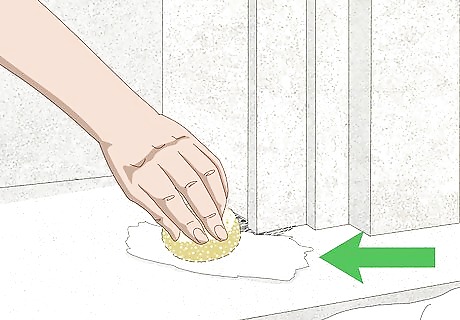
Apply the poultice to the stains. Use a sponge or cloth to do this. Let the poultice dry. It may take one to two days for the poultice to completely dry. You can use a baby gate or another type of barrier to prevent children and pets from getting near the fireplace while the poultice is setting.

Remove the paste. You will need to use a scraper to do this. Use a soft-edged scraper or a soft plastic scraper. Gently scrape the paste off of your limestone slowly and discard. You can find soft-edged scrapers at your local hardware store. If the stains remain, then repeat steps one through three again. Try using a commercial poultice; these may be more effective.
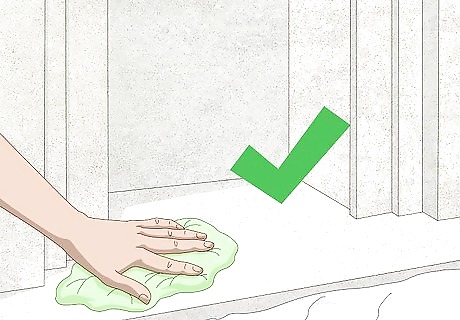
Wipe your fireplace with a damp, microfiber cloth. Wet a microfiber cloth with warm water. Squeeze out any excess water. Wipe the limestone to remove any remaining pieces of poultice. Let the limestone air dry, or wipe it down with a dry microfiber cloth. Alternatively, you can use the vacuum to remove any remaining pieces of poultice from your limestone. Just remember to turn off the spinning brush, or remove it if it is an attachment, to avoid scratching the limestone.










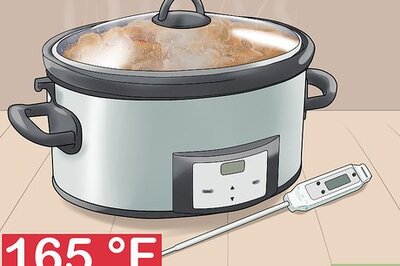









Comments
0 comment